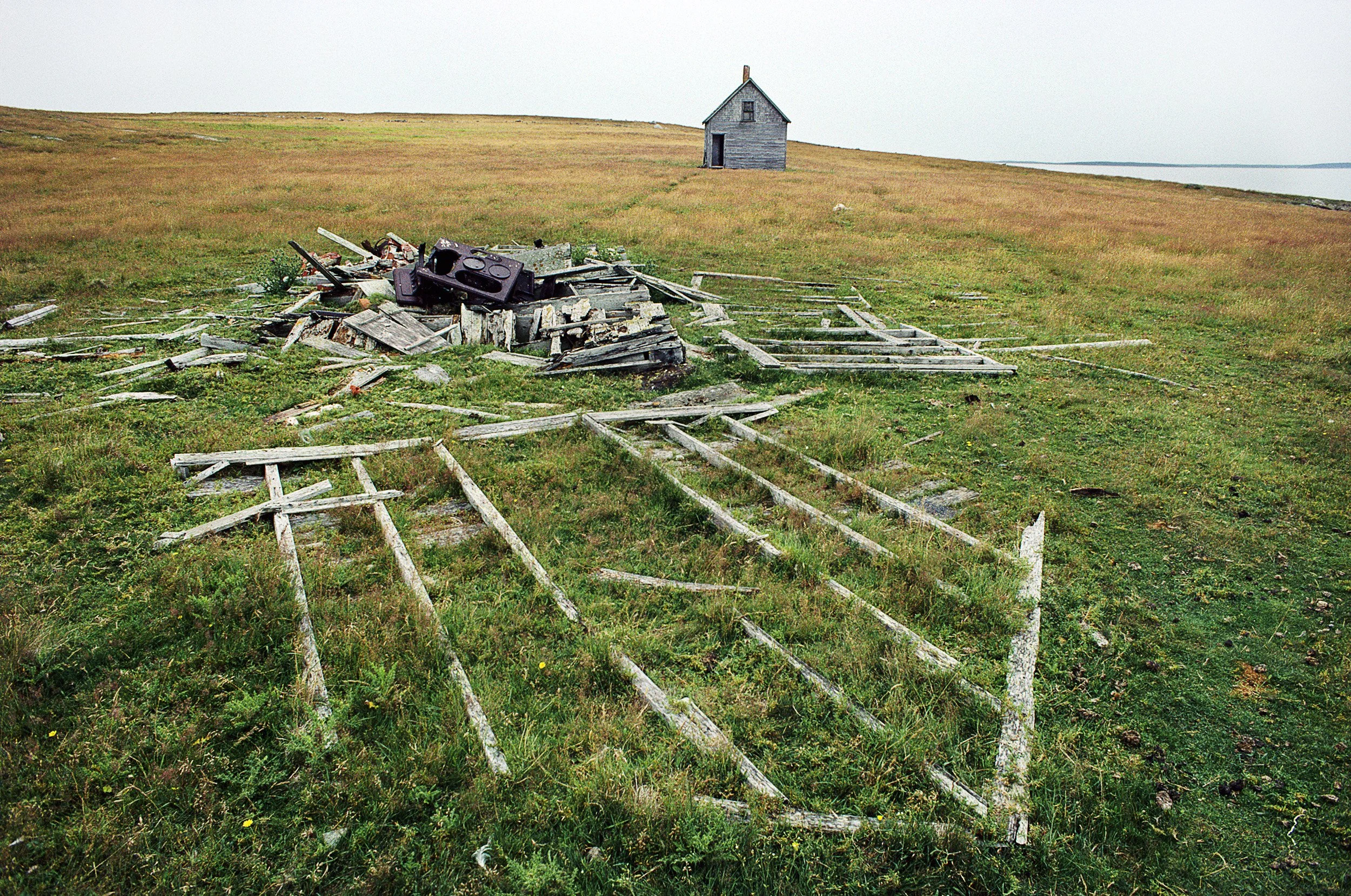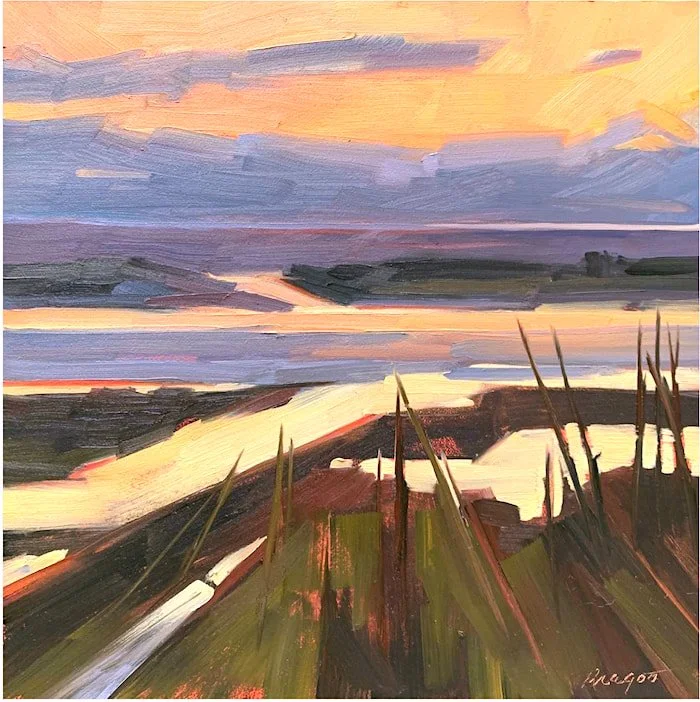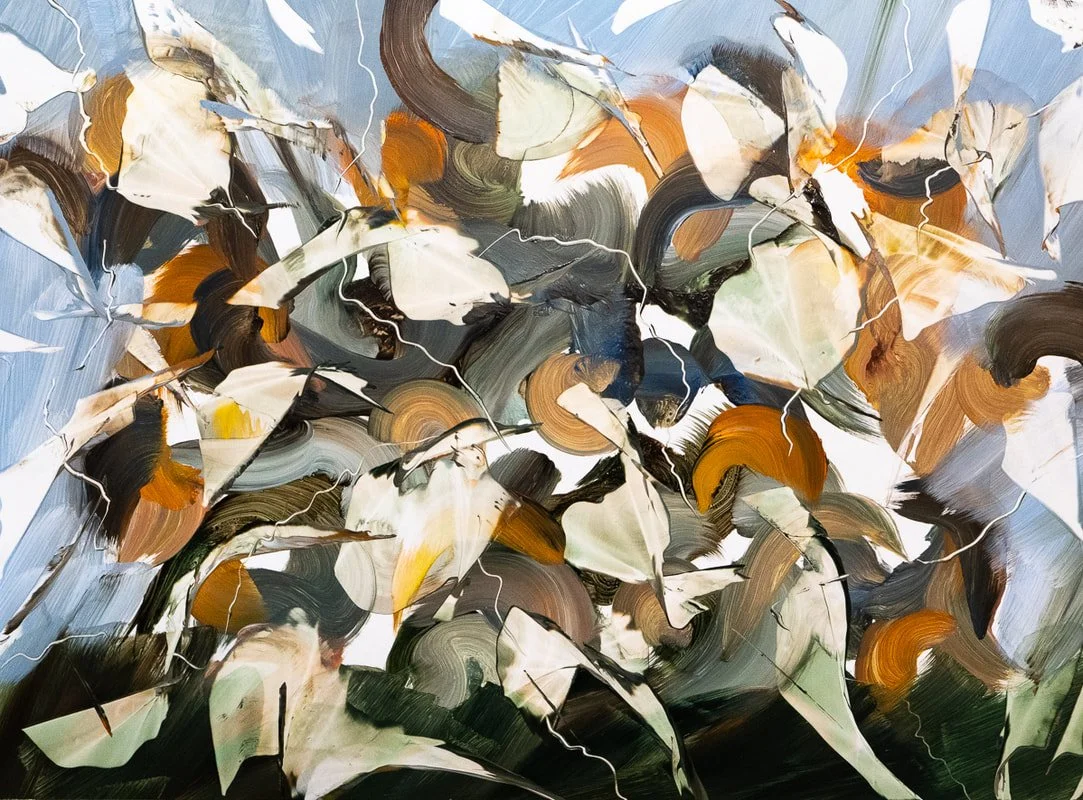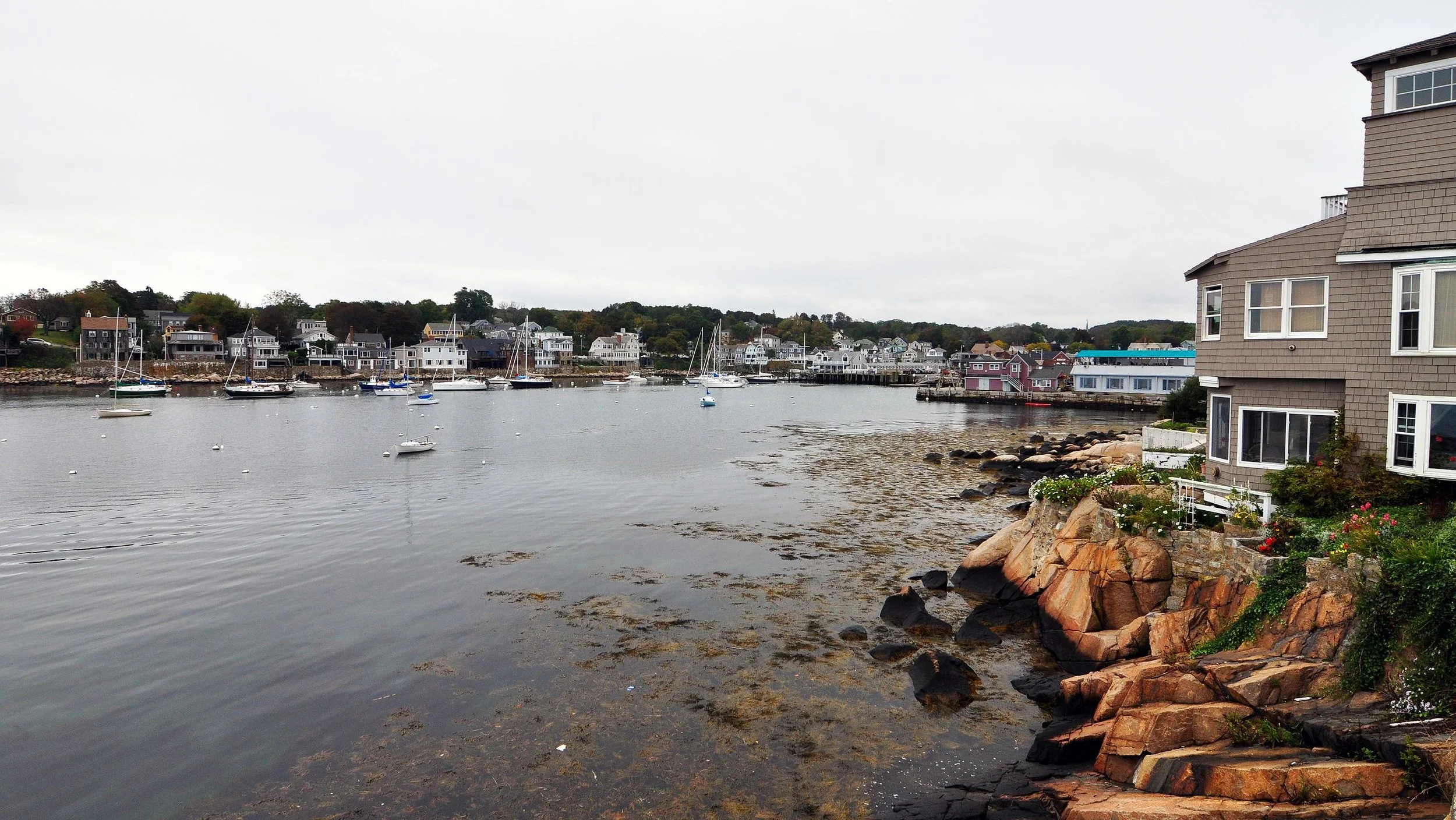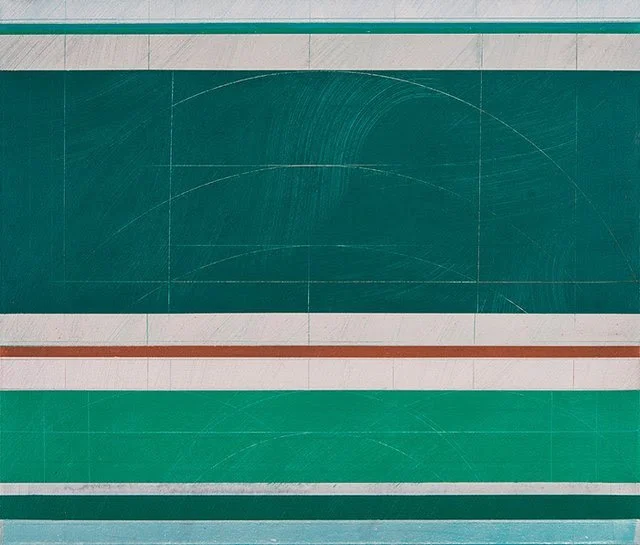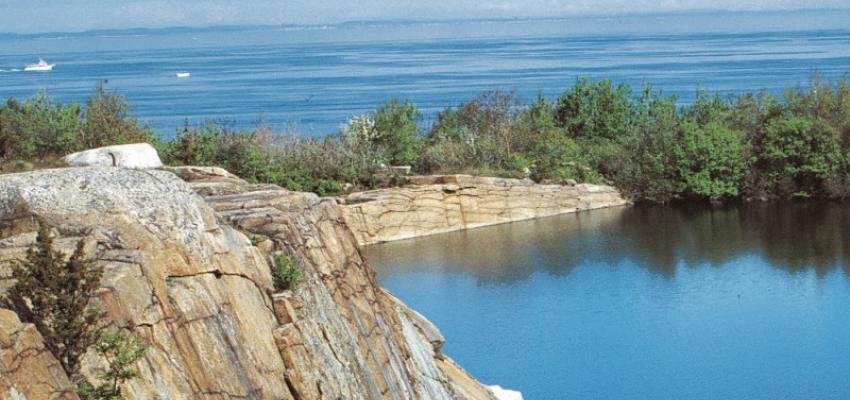
Island skeletons
‘‘Tumblehome,’’ by Peter Ralston, a Rockport, Maine-based photographer and gallery owner.
“It was the first time I had walked that end of the island {Matinicus} and I was deeply moved by the old fishing camps up there. No cellar holes, just decaying remnants of what was once a thriving little seasonal community.
“The place reeked of the past and I wandered in a reverie, surrounded by the evidence of so many lives lived and, now, gone.
“I beheld this particular juxtaposition of buildings and that was that.’’
Matinicus Isle Harbor in about 1908. The island is about 20 miles off the mainland. With an official population of 53, it’s the farthest out inhabited land off the U.S. East Coast, and is both a year-round community and a summer colony.
Without the aroma
“Graphic Marsh” (oil on gesso board), by Sue Dragoo Lembo, at Alpers Fine Art, Rockport, Mass.
The Great Marsh in Plum Island, Newbury, Rowley and Ipswich, Mass.
— Photo by Don Searls
No refrigeration needed
“Shelf Life” (acrylic on Yupo), by Boston-based artist Wilson Hunt, at Alpers Fine Art, Rockport, Mass.
In Rockport
The idea of a quarry
“Halibut Point Variation #9” (acrylic/ash on cotton duck), by Vincent Castagnacci, in his show “Vincent Castagnacci: Notes from a Quarry,’’ at the Cape Ann Museum, Gloucester, Mass., through Oct. 9.
The museum says:
“This exhibit displays his work from the mid-2000s onward. Castagnacci's (who has New England routes) work is striking while being utterly minimal, expertly utilizing line to draw the eye across the canvas. His use of muted, almost industrial, colors and drafting marks are reminiscent of architectural mock-ups elevated into art.’’
Halibut Point State Park and Halibut Point Reservation are adjacent parcels of conserved oceanside land on Cape Ann in the town of Rockport. Once the Babson Farm granite quarry, the properties are managed by the Massachusetts Trustees of Reservations and the Massachusetts Department of Conservation and Recreation. The adjacent Sea Rocks area is owned by Rockport and is also open to the public.

